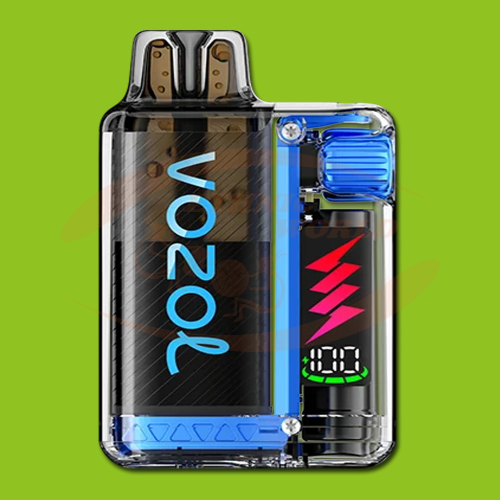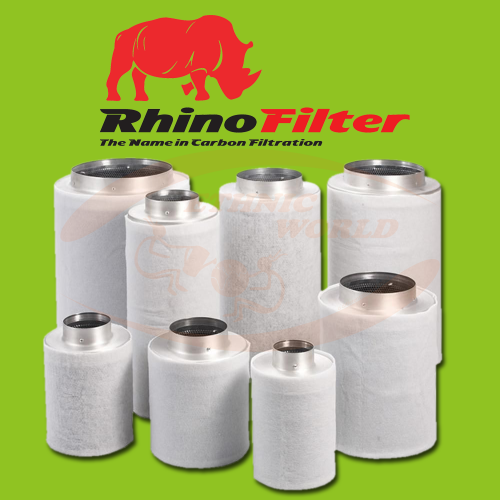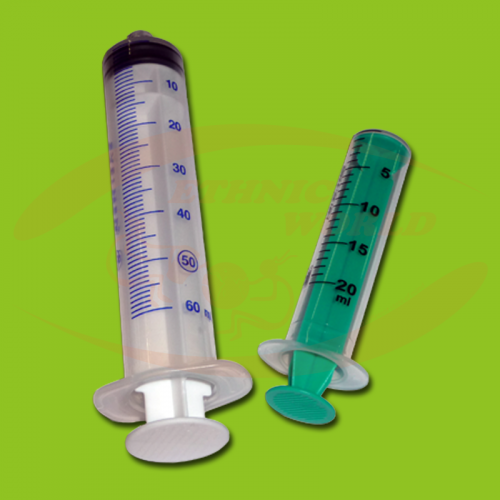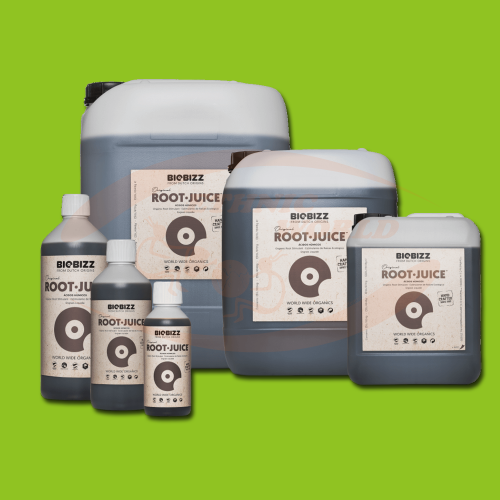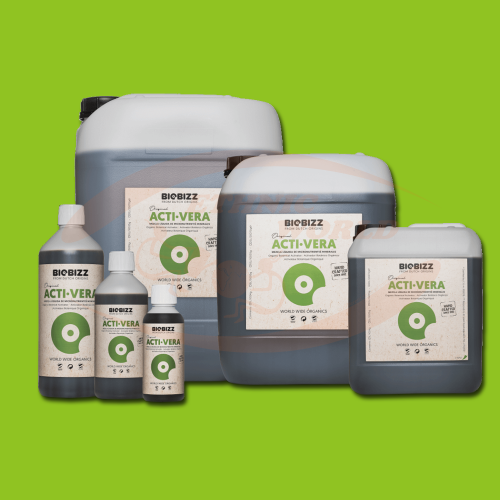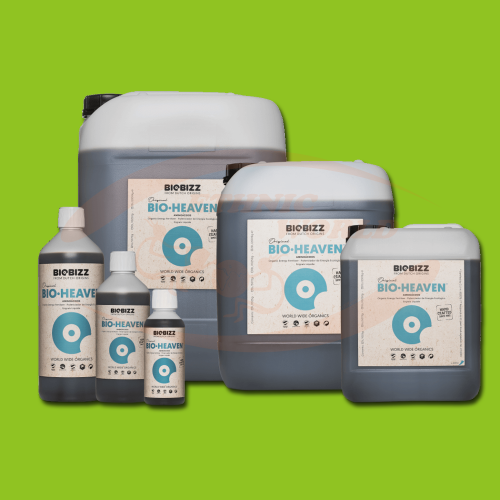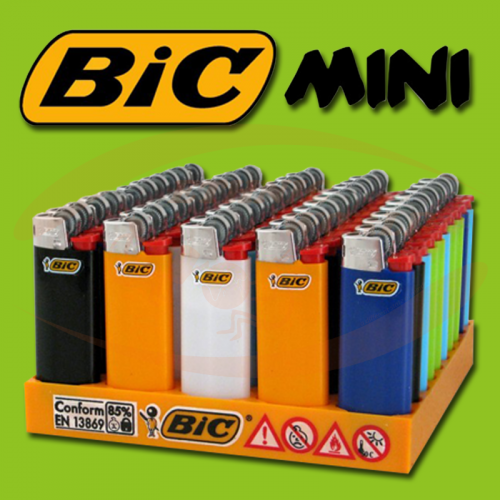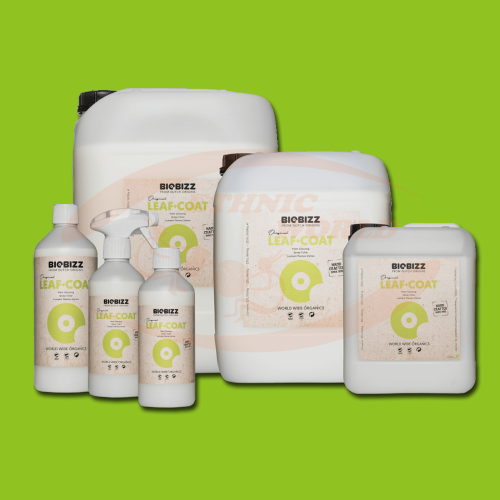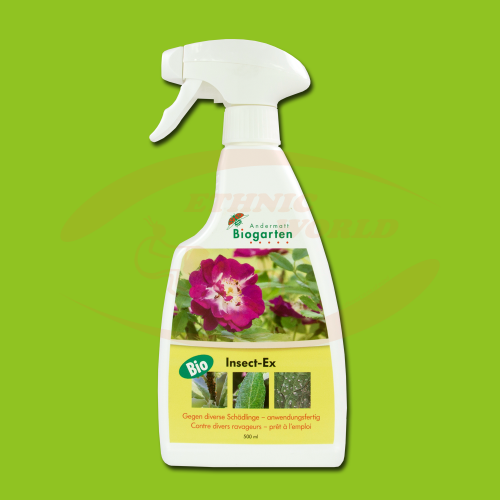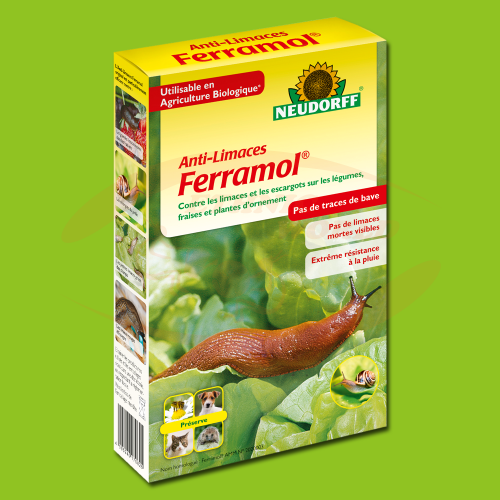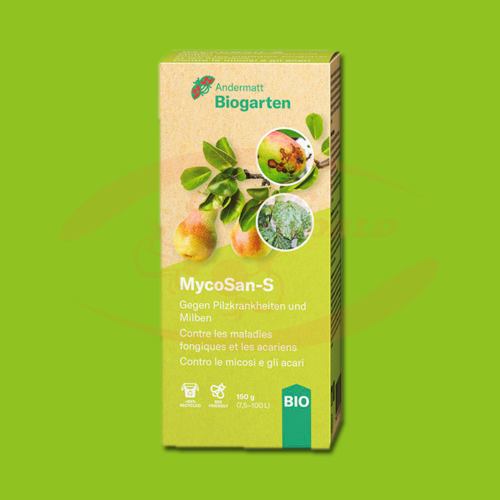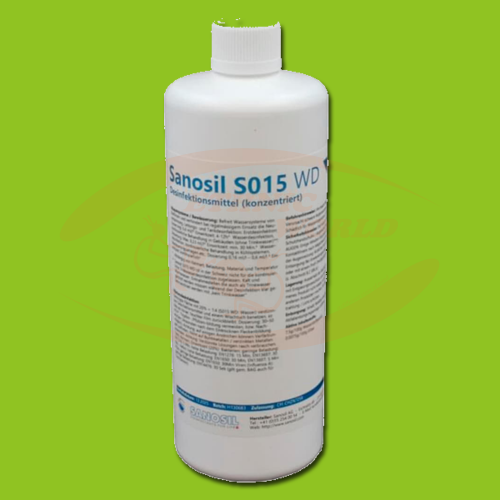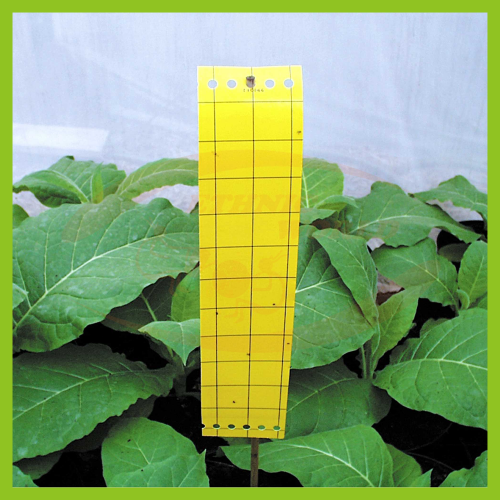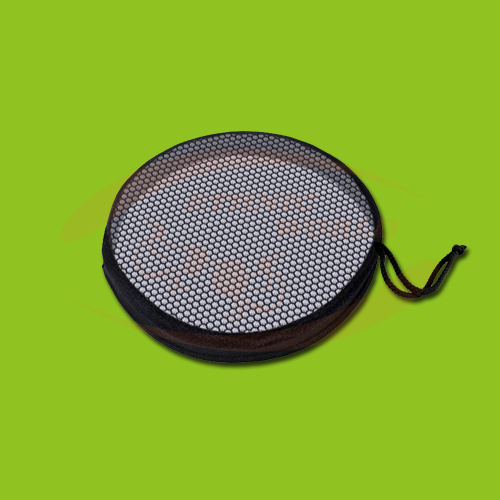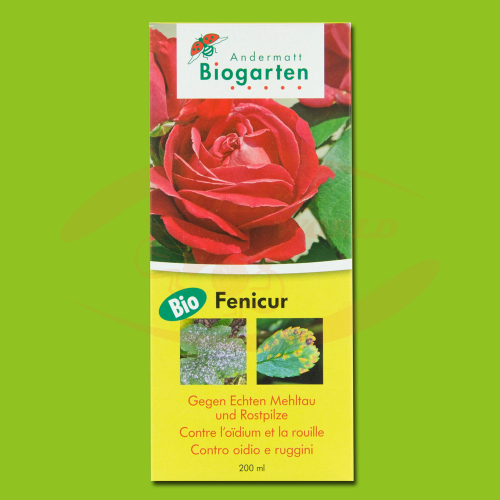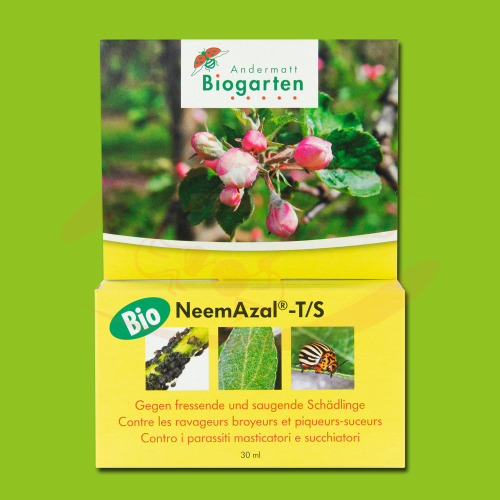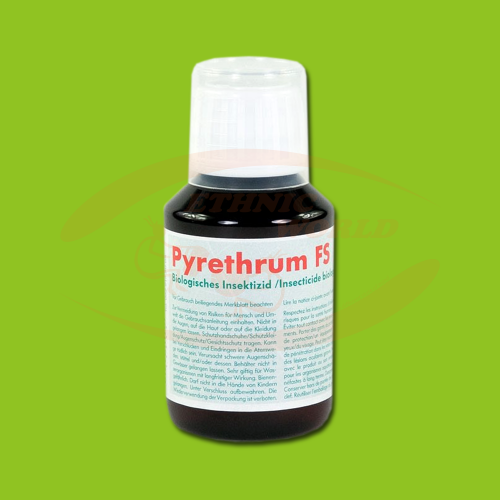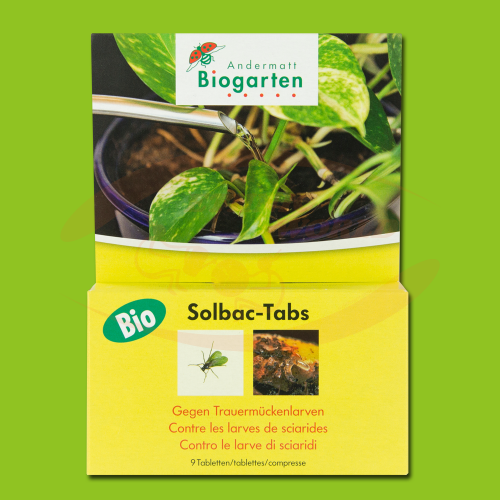No products
Prices are tax included
Product successfully added to your shopping cart
There are 0 items in your cart. There is 1 item in your cart.
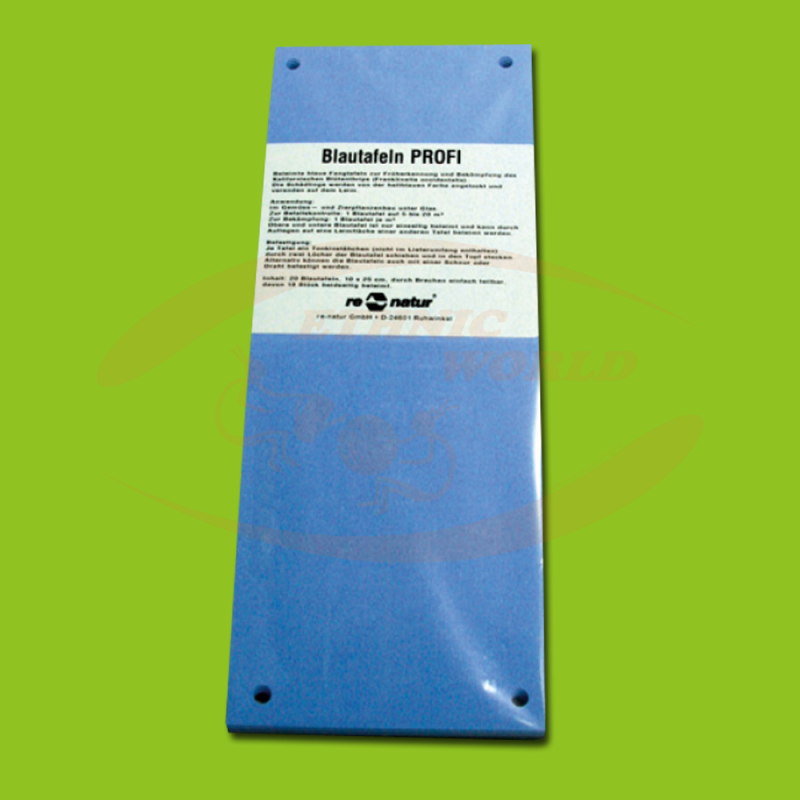 View larger
View larger
Blue Trap 10cm X 25cm
9 Items in stock
Blue traps for monitoring Thrips populations.
Blue Traps (10x25cm)
Blue traps are commonly used tools in horticulture and agriculture to monitor populations of thrips, small insect pests that can cause significant damage to crops. These traps act as early indicators of the presence of these pests, allowing growers to take rapid action to control them before infestations spread.
Description of Blue Traps:
- Specific Color: Blue traps are coated with an adhesive substance and colored in a specific shade of blue, which is highly attractive to thrips. These insects are attracted to this color more than others, making them more effective than the yellow traps often used for other types of pests (aphids, whiteflies, etc.).
- Material: Blue traps come in the form of rigid plates or strips of paper coated with a non-toxic glue. They are designed to withstand humidity and greenhouse conditions.
- Strong adhesive: The sticky surface captures thrips as soon as they come into contact with the trap, effectively immobilizing them.
How it works:
Visual Attraction: Thrips, small winged insects about 1 to 2 mm long, are attracted to the light reflected by the blue of the trap.
Capture: Once they land on the trap, they find themselves stuck to the adhesive surface, which prevents their escape.
Monitoring: The traps allow you to monitor the evolution of the thrips population over time, indicating whether intervention is necessary to protect the crop.
Use and Installation :
Placement :
- Install traps at the height of the plant canopy (upper foliage) to maximize attractiveness, as this is where thrips most commonly travel.
- Space traps approximately 3 to 5 meters apart in large greenhouses and equidistantly in smaller installations.
Trap density :
- For monitoring: 1 trap every 10 m² is sufficient.
- For mass capture (population reduction): increase the number of traps to obtain a density of 1 trap every 2 to 3 m².
Replacement frequency :
- Replace traps as soon as they become saturated with insects or the glue loses its effectiveness (approximately every 3-4 weeks).
- Inspect regularly (weekly) to count the number of thrips captured and adjust control measures accordingly.
Thrips Prevention and Management:
Blue traps are not just about capturing: they are part of an integrated pest management strategy to prevent infestations and maintain a healthy environment for plants.
Early Monitoring: Blue traps help detect the first signs of thrips well before an infestation becomes visible. This helps prevent a rapid proliferation of these pests.
Decision Making: By monitoring the traps, growers can determine whether the pest threshold has been reached (number of thrips captured per trap per week) and thus decide when to apply insecticide treatments or biological measures.
Biological Control:
- In addition, use natural predators such as predatory mites (Amblyseius cucumeris) or bugs (Orius spp.) that feed on thrips.
- Blue traps also make it possible to monitor the effectiveness of these biological control agents.
Reduction of Reproduction: Female thrips captured on the traps are thus prevented from reproducing, which contributes to slow the growth of the population.
Limiting Dispersion: By placing the traps at strategic points (entrances, windows, ventilation systems), the spread of thrips to other parts of the crop is limited.
In summary, blue traps are an indispensable tool for any grower looking to proactively monitor and manage thrips populations. Easy to install and safe for crops, they help identify early pest outbreaks, limit their spread and maximize crop quality.



